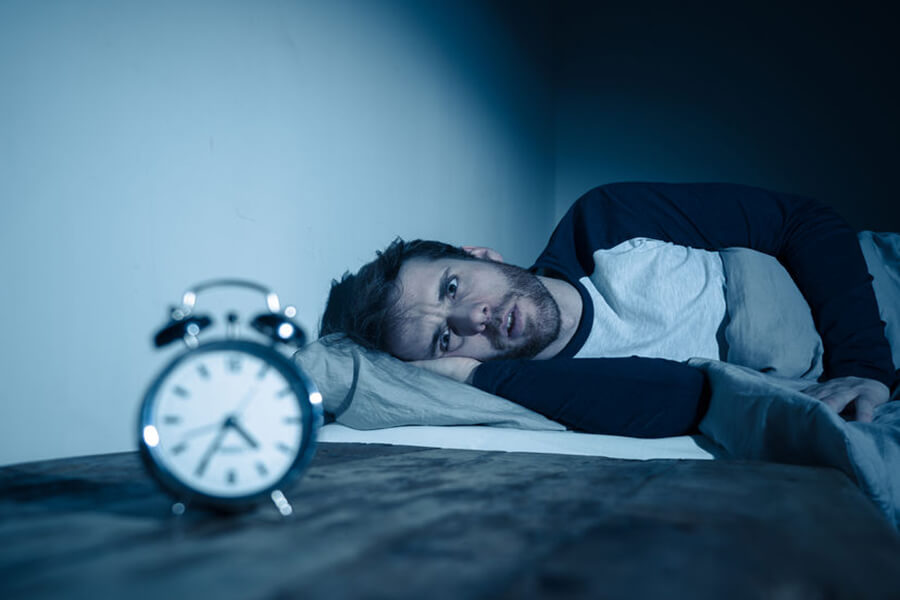Sensations in your legs, throbbing or twitching that begins when you start to rest in the evening may be symptoms of Restless Leg Syndrome. You might find some relief after you walk or jiggle your legs for some time, but if these problems are keeping you up all night, it is time to find out more about Restless Leg Syndrome or RLS.
While RLS can be treated with medication, it is important to speak to your doctor since studies have shown RLS can be bad for your longevity. Six hundred and ninety men with Restless Leg Syndrome were studied over an eight-year period. The results published in the American Academy for Neurology revealed “Men with RLS had a 40% increase in death. This was after adjustment for chronic conditions such as cancer, heart disease, and blood pressure.”
All Men Do Not Have the Same Symptoms
Don’t exclude the possibility of RLS if you don’t have the same symptom as a friend. Symptoms can include sensations of itching, pulling, throbbing, aching, and even electric type sensations.
Risk Factors Differ
The risks of having RLS vary between age and gender. Women are more likely to have RLS than you. Other risk factors include:
- More common in middle age
- Other diseases-diabetes & kidney failure
- Genetics & family history
- Iron deficiency
- Nerve damage
- Antidepressant and antipsychotic medications
- Northern European descent
Treatments Vary
One way that you can treat mild RLS symptoms and get relief is to get out of bed and move around the room. Shake your leg or take a warm bath. Iron supplements, given on the advice of your medical provider, may help your legs. Implement a daily routine of aerobic exercise and cut back on alcohol and tobacco. Medical providers can prescribe anti seizure medications or dopamine agents.
If your legs feel like they are crawling, seek out your medical provider.

